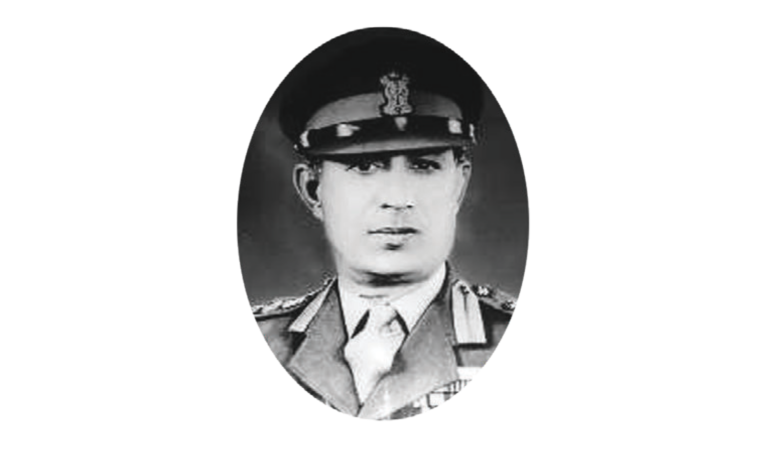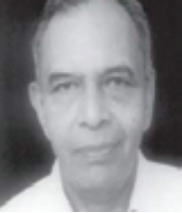The Tiger of Nathu La
Rai Singh Yadav was born on 17 March 1925 in village of Kosli in Gurgaon district of Punjab Province (now in Rewari district of Haryana). His father was Rai Sahib Ganpat Singh who had served in the British Indian Army in 1920s. Rai Singh passed his Senior Cambridge from King George Military School, Jullundur. He joined the Army as a sepoy in 1944. He was commissioned into 2 Grenadiers on 10 December 1950. He had an analytical mind and early in service became apt at military strategy and tactics. He was nominated to attend the prestigious Defence Services Staff College at Camberley in UK.
After the setback in 1962, seven mountain divisions were raised to defend India’s northern borders against any Chinese attack. Nathu La is a mountain pass on the Dongkya Range that separates Sikkim and the Chumbi Valley of Tibet at an elevation of 14,250 feet (4,340 m). At Nathu La Pass in Sikkim, the deployed Chinese and Indian forces were stationed about 20–30 meters apart. Small-scale clashes in the region frequently occurred. Lt Col Rai Singh assumed the command of 2 Grenadiers guarding the Nathu La border outpost.
On 20th August 1967, Lieutenant Colonel Rai Singh Yadav was ordered to construct a wire fence along the water shed at Nathu La after the first Chinese intrusion at the North Shoulder. Chinese Political Commissar Ren Rong, with a section of Infantry, came to the centre of the pass where Lt. Col. Rai Singh Yadav was standing with his commando platoon. Rong asked Yadav to stop laying the wire. Indian soldiers refused to stop. The Chinese replied by firing machine guns at the Indian troops. Due to the lack of cover in the pass, the Indian troops initially suffered heavy casualties. Later, the Chinese also opened artillery fire at the Indians.
Indian troops responded with artillery from their side. The clashes lasted through the day and night, for the next three days, both sides using artillery fire. The Indian troops managed to ‘beat back’ the Chinese forces. Against grim enemy resistance, Yadav managed to successfully complete the task of laying the fence.
On 7 September 1967, he was ordered to extend the fence from North Shoulder to South Shoulder. The Chinese started firing also used, bayonets and rifle butts. On 11 September when carrying out the work of strengthening the fence, the Chinese attacked with mortars and recoilless guns. He ordered his unit to return fire with all available weapons, and personally opened fire with a Light Machine Gun (LMG) to give his men covering fire to allow them to get back to safety.
When his own bunker was damaged, he came out in the open, picked up a weapon of an injured soldier and kept on firing on the Chinese. Later he manned the Browning Machine Gun when its operator was killed. But later, he was hit in stomach and collapsed on the spot. He was also hit in the head by a splinter. After some time, when he gained consciousness, he refused to be moved, and unmindful of his serious wounds, he continued to give directions and exhorted his men to keep on fighting.
Lt Col Rai Singh Yadav is remembered in the Indian Army as ‘Tiger of Nathu La’. He led his men from the front in a hand-to-hand scuffle with bayonets and rifle butts thus displaying conspicuous bravery and exceptional leadership in the face of the enemy. For this he was awarded the Maha Vir Chakra (MVC).
Lt Col Rai Singh ( MVC) , was posted as General Staff Officer Grade 1 in Military Operations Directorate at Army Headquarters, New Delhi. Later, was promoted to the rank of Brigadier and commanded an Infantry Brigade. He also served as Inspector General (Operations) with the Border Security Force on deputation. He breathed his last on March 23, 2017.


 Contributed by Renu Prakash from
Contributed by Renu Prakash from